
A Guide to Sustainable Hair Removal

Whether it's shaving, waxing, plucking or epilating, the hair removal industry thrives on women and girls’ body hair insecurities, so much so that by 2025, the industry is projected to be worth around $3.17 billion- that’s a lot of razor burn! With these hefty revenues in mind, we can only imagine the equally hefty waste products that are generated everyday…
Here at Y.O.U underwear, we believe that hair removal should be a choice, a choice made confidently between a person and their razor, regardless of what society urges them to remove. Contrary to popular belief, body hair is natural, protective and hygienic, so you do Y.O.U!
If you do decide that you want to remove your hair, look no further for tips on sustainable methods of removal, and how to minimise your environmental impact when shaving, plucking and waxing.
Plastic-Free Shaving
Razors remain one of the most popular and lucrative methods in the hair removal industry, with approximately, according to attitudeorganic.com, 2 billion disposable blades and handles ending up in landfills every year. This is not to say that we should halt all gliding, sliding and skimming of razors across our stubbly legs at once- instead we should invest in eco-friendly, recyclable and durable razors that will last us a lifetime…
We love using a stainless metal razor that lasts forever! You only need to replace the blades, and used blades can be recycled. It's a perfect razor for beginners as its long handle allows for easy maneuverability over the body, and a 100% plastic free investment into the reduction of landfill waste and the health of our planet.
Why not also try a sustainable shaving cream alongside your metal razor? Unlike other shaving creams that contain harsh and toxic chemicals that damage the environment, Lush’s shaving cream contains naturally occurring ingredients and safe synthetics.
An Eco-Friendly Alternative: Sugar Waxing

Unlike regular strip waxing methods that are associated with unnecessary waste and environmentally harmful chemicals, sugar waxing involves very little ingredients and tools- no paper strips or wooden applicators needed!
Emerging in Persia, sugar wax is originally composed simply of sugar, lemon juice and water (although various formulas have been devised since word of this technique spread across Europe and America). The wax hardens onto the area of hair you want to remove, which allows for easy pulling of the now solid wax itself. Have a watch of this helpful video explaining the whole process of sugaring!
Sugar waxing, according to many sources, is one of the most sustainable methods of hair removal you can come by, due to its naturally occurring ingredients and the lack of tools needed for its preparation and application, so get waxing! It’s also a lot less painful than the normal toe curling torment of strip waxing…
Threading

Threading is also considered to be one of the most sustainable methods of hair removal, again due to its simplicity and lack of tools needed for its success.
Simply put, threading involves the use of a piece of 100% cotton thread, that is wrapped around your fingers in a specific way that can be pulled across your face or body hair while trapping individual hairs within the thread, causing them to be pulled out from the root.
This removal method, although hard at first to master, is gentle on the skin - unlike waxing methods that can be damaging. Ultimately, threading is extremely eco-friendly, due to its fully biodegradable nature, lack of water needed and the extremely minimal amount of tools required.
A Reusable Option - Epilating
Epilation has only been around since the 80s, but is notorious for its painfully thorough plucking of hairs at the root. Nonetheless, it is recognised as being a good, eco-friendly option for hair removal due to its rechargeable battery and no need to replace parts. The Spirited Vegan calls it ‘a great no-waste choice for hair removal.’ Epliators work similarly to waxing, in the sense that the hairs you choose to remove are pulled out of the follicle by the root. However, this is done not through applying hot wax to stick to the hairs, but through moving the epilation device over your hair, where it is trapped and pulled away from the skin. Think of it like lots of mini tweezers being used at once, painful but so smooth after!
The benefits of epilating don’t stop there, as these devices can usually be used wet or dry, the necessity for water in the function of these products is reduced, further enhancing its sustainability!
Tweezing

Our last recommendation for eco-friendly hair removal is tweezing. Tweezing started off as a Tudor trend in which women would pluck high hairlines and thin arched eyebrows, and remains a very common method of hair removal today that involves the plucking of individual hairs typically from the face.
Like other products mentioned in this list, tweezing does not require the use of water or other products for its function, meaning once you invest in a high quality and durable pair, you’ll likely be set for years without the worry of exhausting other resources! Although this method does take longer than shaving and waxing, sustainability wise, tweezing requires a lot less resources so should still be considered an option when searching for hair removal methods...
Why We Love More Sustainable Methods of Hair Removal
We do hope you found this guide useful for all your eco hair removal needs, leave a comment down below with your own recommendations for sustainable methods of hair removal- we would love to hear your suggestions! The hair removal industry is ever growing and ever influencing young girls and women, let's make sure this influence can be environmentally positive.







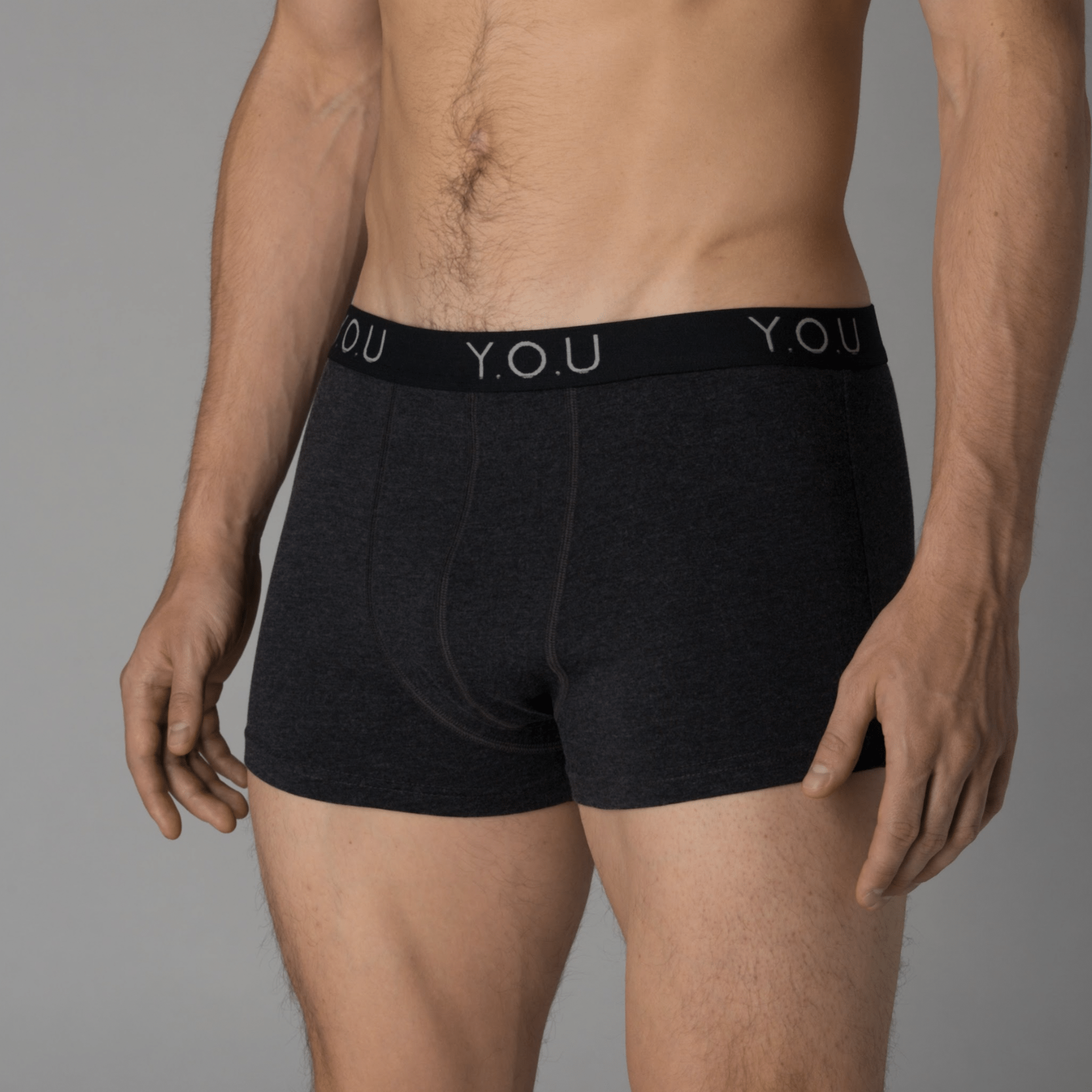


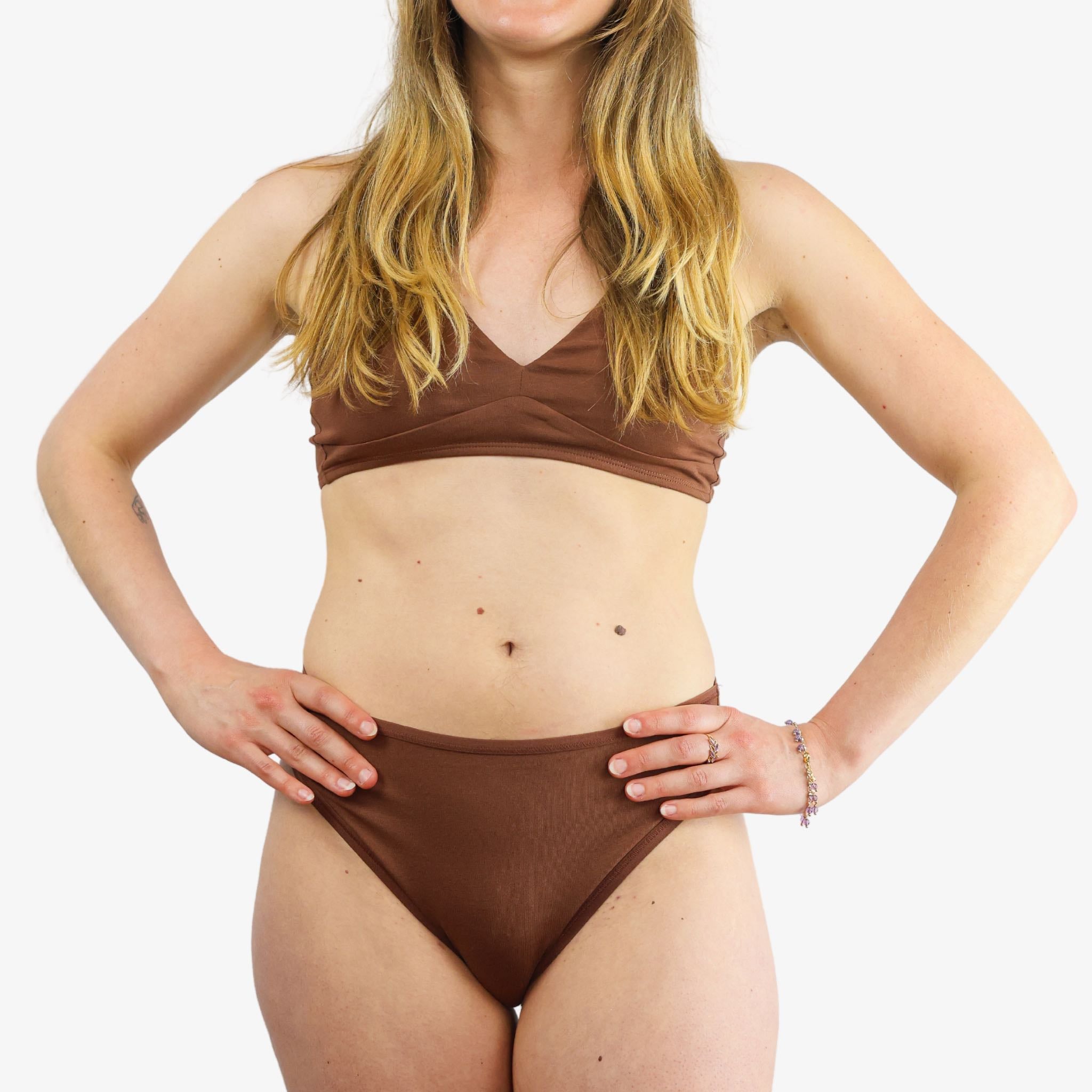
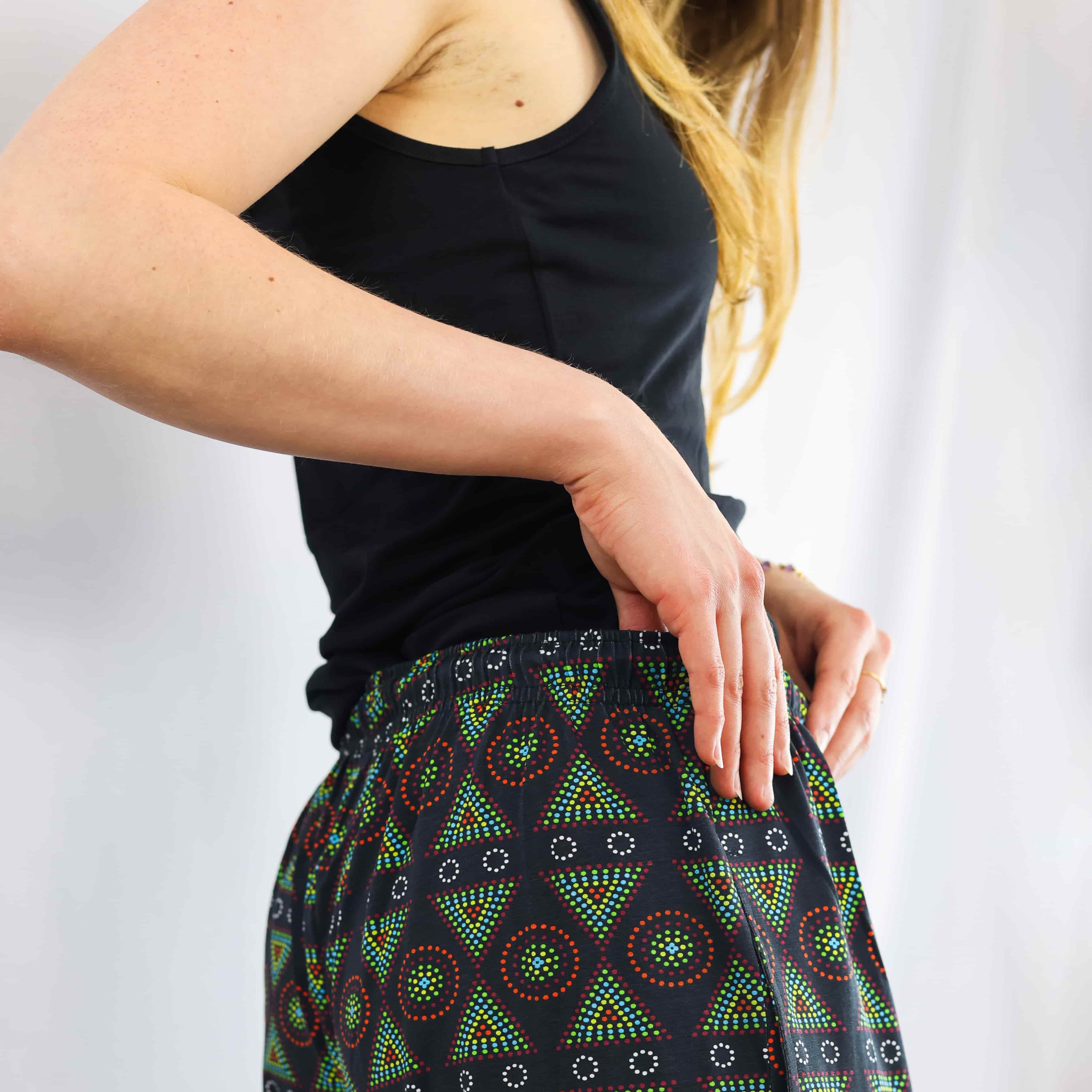



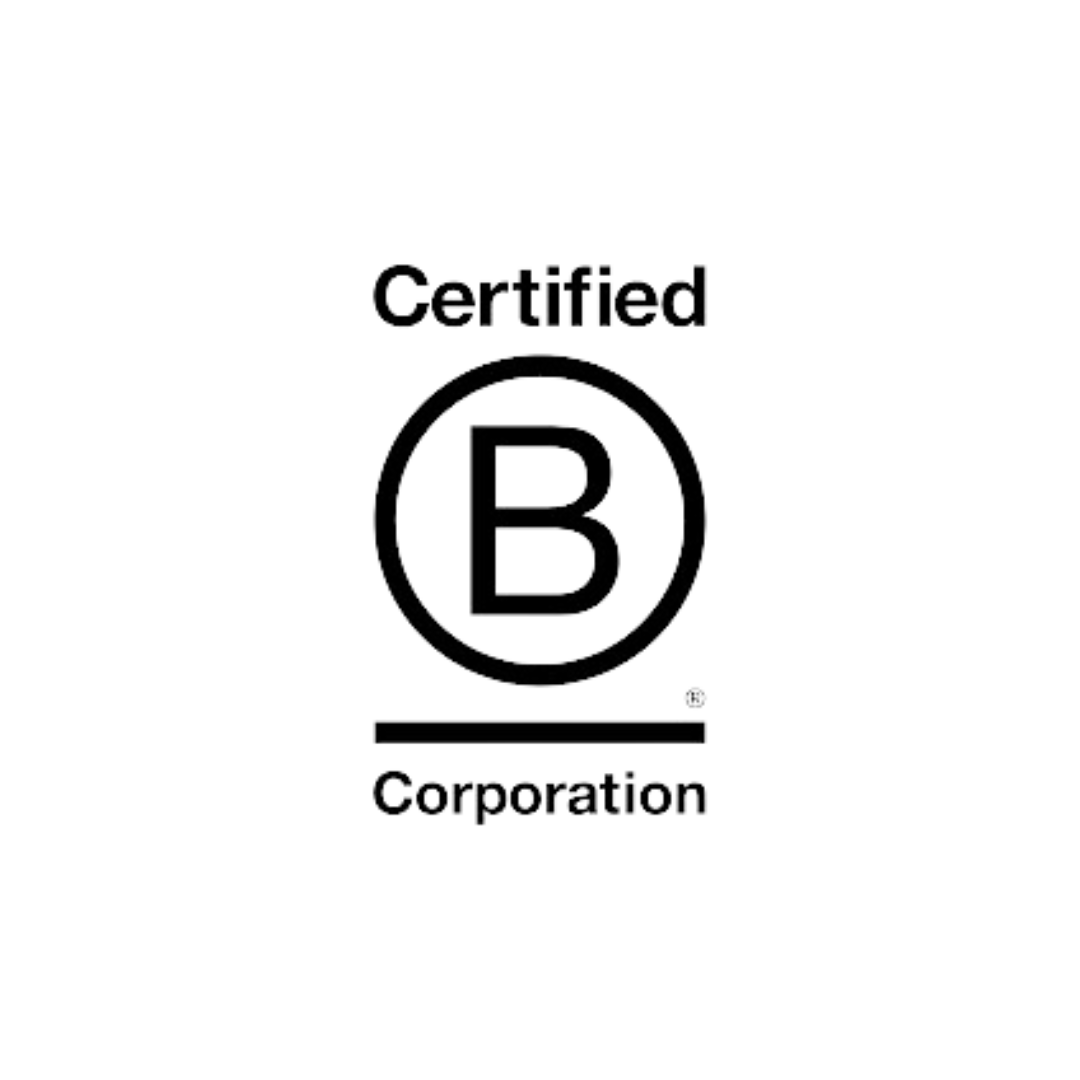
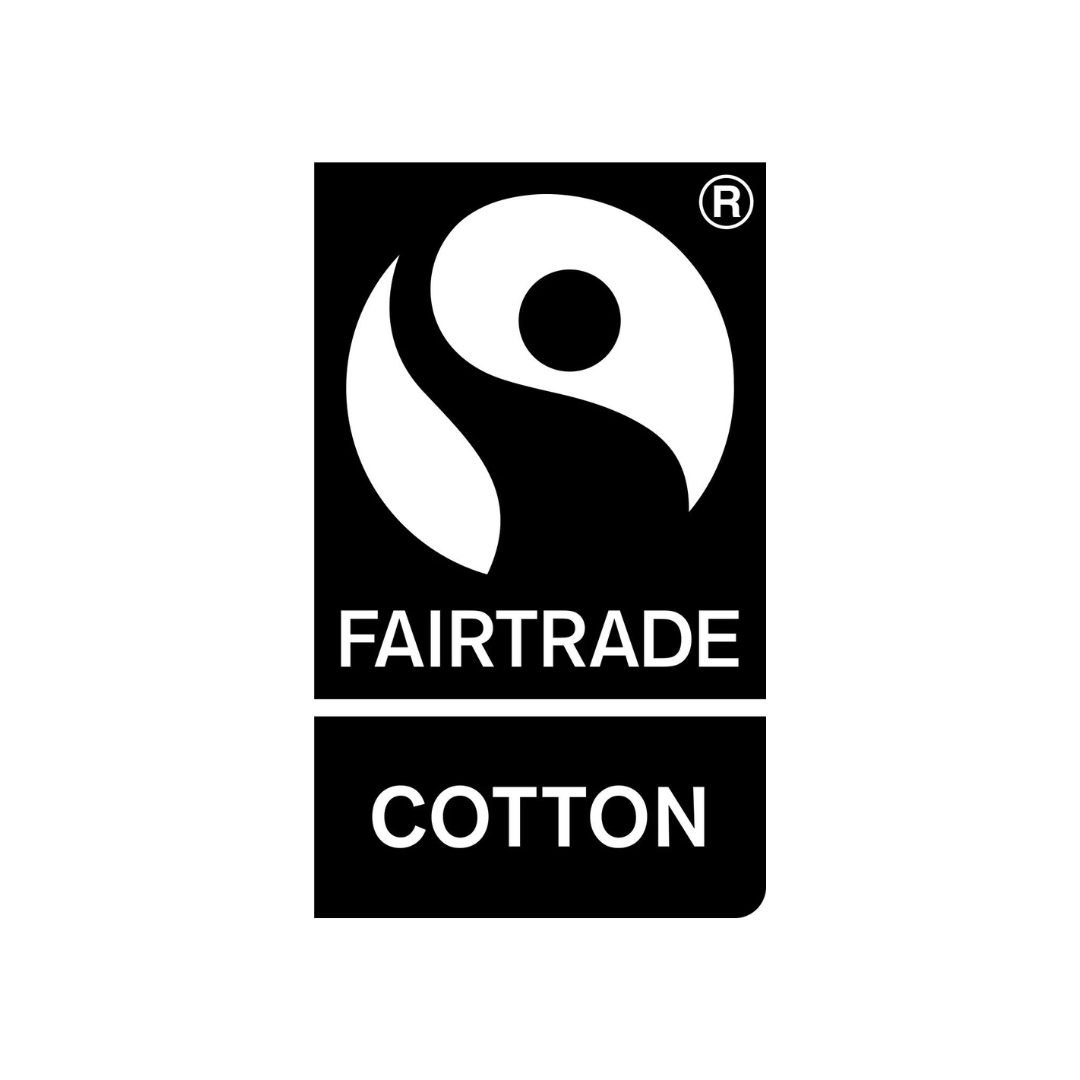




Leave a comment
This site is protected by hCaptcha and the hCaptcha Privacy Policy and Terms of Service apply.